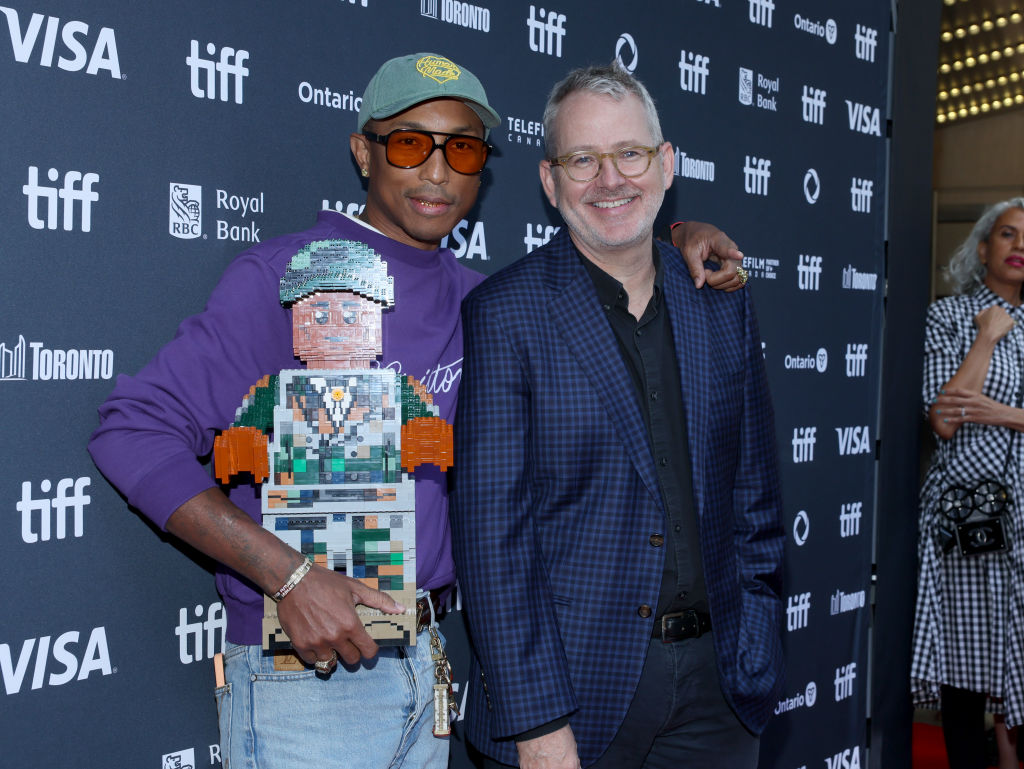One of the most attention-grabbing aspects of “Roadrunner,” the Morgan Neville-directed documentary about Anthony Bourdain, was Neville’s use of generative AI to replicate Bourdain’s voice. Looking back now, Neville told Wired that he saw this as a “fun” way to “keep [Bourdain’s] voice going in the film.” But his approach drew intense criticism — while […]
© 2024 TechCrunch. All rights reserved. For personal use only.
One of the most attention-grabbing aspects of “Roadrunner,” the Morgan Neville-directed documentary about Anthony Bourdain, was Neville’s use of generative AI to replicate Bourdain’s voice.
Looking back now, Neville told Wired that he saw this as a “fun” way to “keep [Bourdain’s] voice going in the film.” But his approach drew intense criticism — while the synthetic Bourdain only read words that the real Bourdain had actually written, Neville said many viewers assumed, “Oh, they just made [expletive] up.”
“Many people told me that there were other documentary projects that were doing the same thing, that all reacted; they either changed what they were doing or put giant disclaimers over everything,” he said.
Since then, the director has “assiduously avoided” using AI. Even in his new documentary “Piece by Piece,” in which he dramatizes musician Pharrell’s life with Legos (yes, really), Neville was careful to steer clear.
“Carl Sagan in [Piece by Piece] says, ‘Pharrell’ and I was very clear to everybody that we were, with permission of his widow, going to make him say ‘Pharrell’ without using AI,” Neville said. “We actually experimented to construct the word from syllables [he actually said].”

Leave a Reply